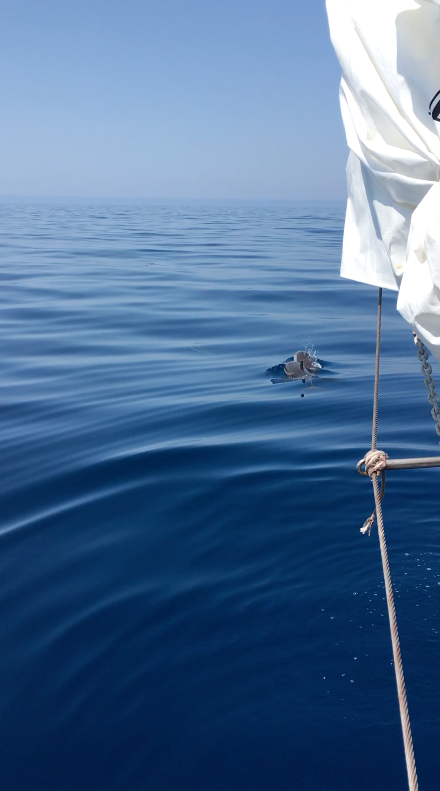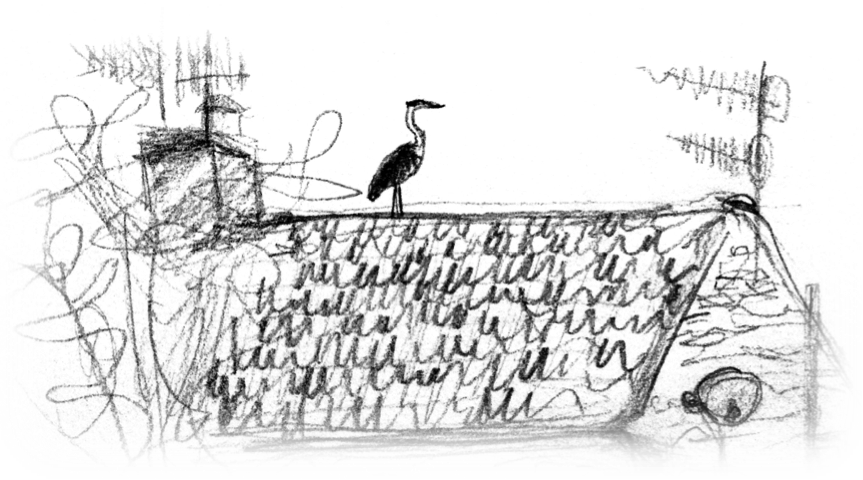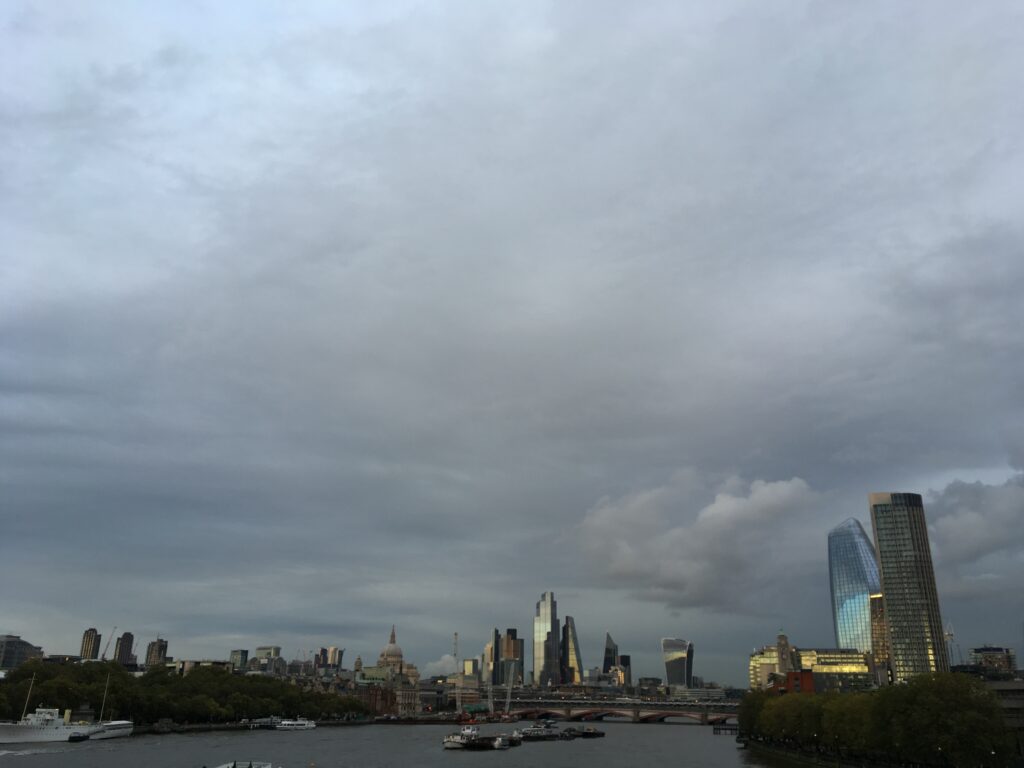
Here in the UK time has quickly passed by in the last month, as I moved and settled in this new life. I am now living in east London, working in exchange for a bright attic room and food, dedicating my energies to multiple short courses across different universities and art schools, in presence and online.
It is exciting to be back in the student’s boots. I am now diving into illustration, composition for film, drama and singing and it’s amazingly intense to be learning so many new things, sharing the process with more creative explorers, in a new environment.
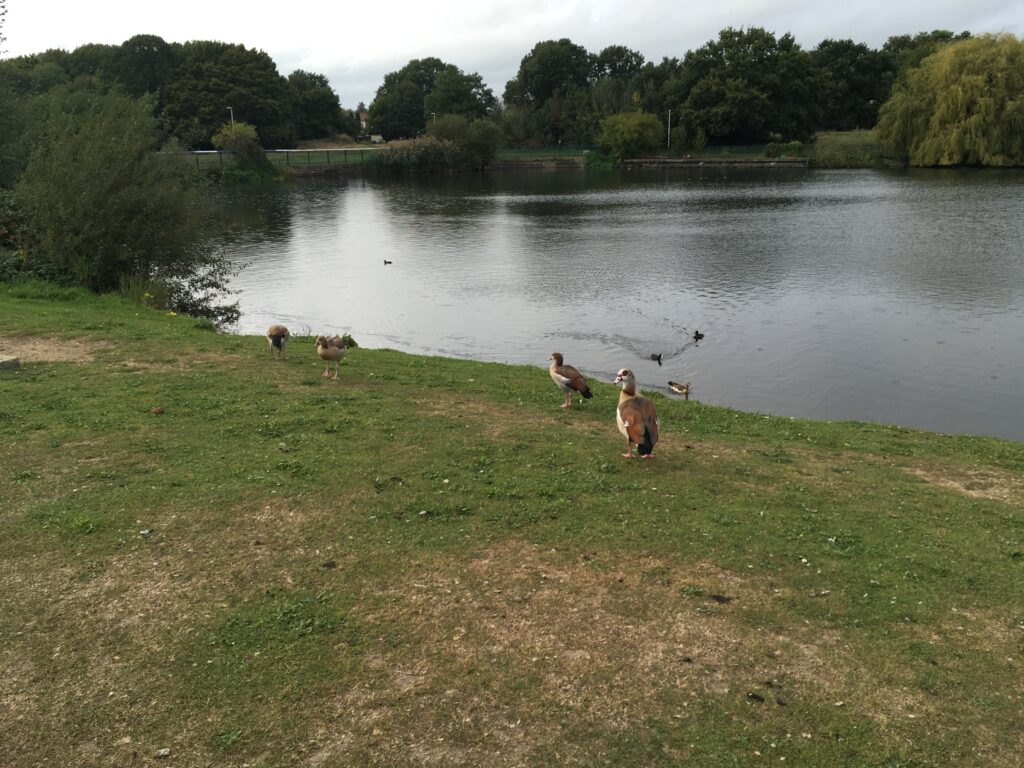
And there have been frustrating moments, like realizing how different life in London is now, from the one I had imagined last year. Theatres are closed, my concerts are not happening live and getting canceled, group meetings are not allowed and performing jobs have vanished… I have been feeling sad at times. But I am happy that the courses give me chance to meet new people and enjoy interaction anyway, and the more I dive into this creative environment, the more I realize opportunities are still out there… it is just a matter of finding them.
As many of us probably do, I just wish things to finally develop into a new serene and predictable now, and that all these crazy months may finally be a thing of the past.
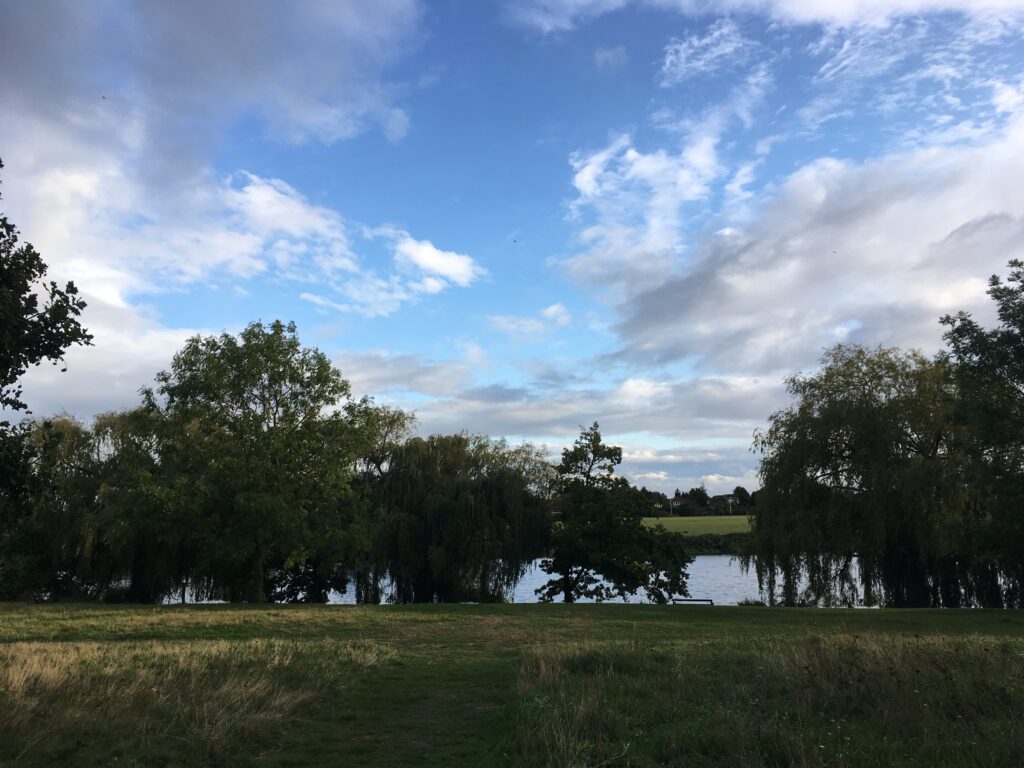
Meanwhile, down south in Italy, today my grandpa turns 101! Buon compleanno nonno 🙂
I have been wandering how life must look from such a perspective. If I ever get as old as he, what kind of world will be around us then? How will it feel to look back?
I have been learning so much in a month, that 100 years really feel unimaginable right now. But there he was, talking to me on the phone…
Maybe that is the kind of perspective that we should always keep in mind, to shape our lives in sight of long-term changes and transformations, 100, 200, 300 years from now.
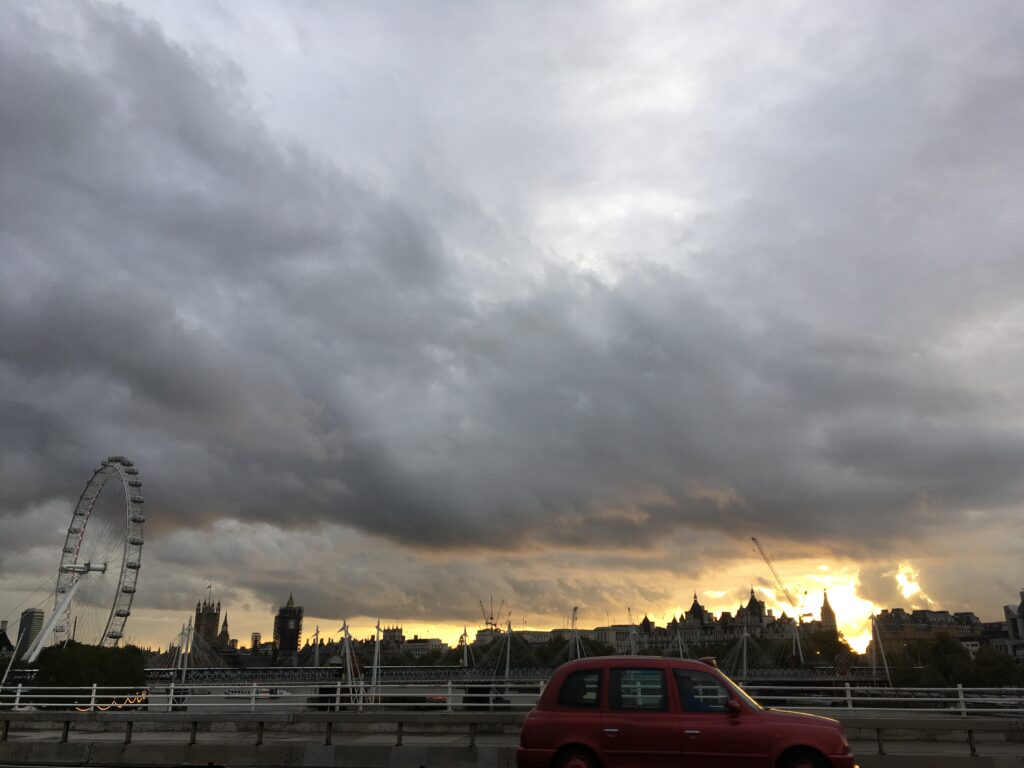
I am thinking now of documentaries I have been watching through the Wildscreen Festival (check it out here: events online from October 19th till 23rd, and an amazing film library available till December!) about conservation strategies, rewilding, noise pollution among others.
For example, I found out that if all human activities in the sea stopped, it would take only 18 hours to have silence back in the oceans (from the short film “A voice above nature”). I also found out that in Europe, one of the most fragmented areas in the world, 1/4 of the land is 500 mt away from the nearest road, 50% only 1.5 km, most of it is less that 9 kms. It’s a lot of roads. We can almost say there are no remote areas in Europe anymore, except for some places in the northern regions (from the documentary Rewilding).
Meanwhile, reading “Senza Confini” by Francesca Buoninconti, a book about animal migrations, I discovered projects of road-ecology, where strategically-built underpasses and overpasses allow migratory animals whose routes cross the highways, to safely proceed on their paths, without risking their lives or those of car drivers.
To share life on the planet in the next hundred (hundreds…) years will for sure be a matter of co-inhabiting, and of finding strategies to make it work throughout different cultures, areas and challenges.
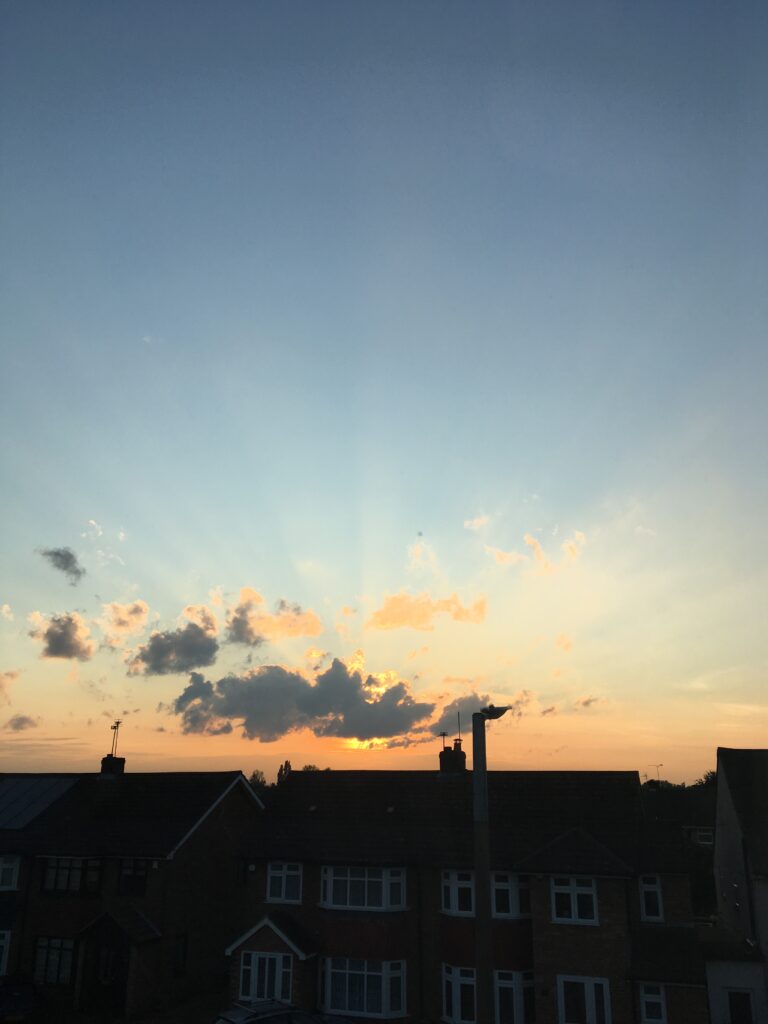
It will take creative thinking and problem solving, and a lot of communication and patience. The process will probably bring together many different views and people…and at some point it may use art. Whenever that point will be… I’ll be there.
Below you find the first episode of my Sea LOGs: stories from my experience as a research assistant at sea in Ischia this summer, on board the Jean Gab vessel of Ass. Oceanomare Delphis Onlus.
I dedicate this post to my grandpa, with the biggest hug and much love. May the resilience of his generation inspire and support us in these strange times!
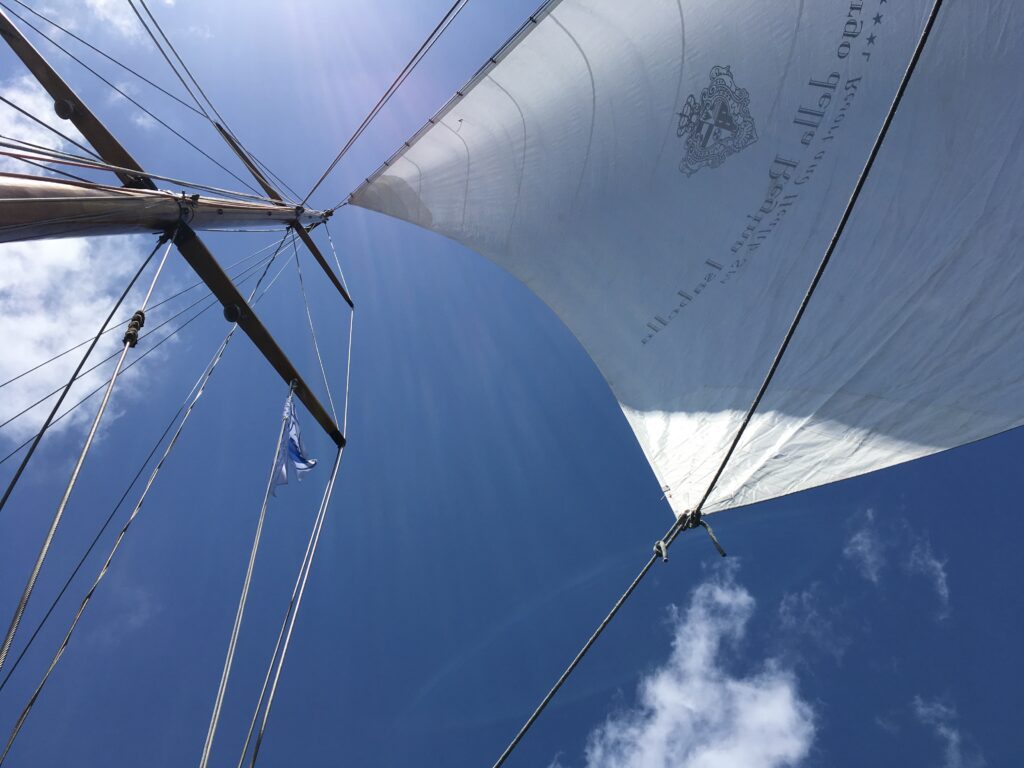
LOG1
JEAN GAB, Casamicciola, Ischia IT July 2020
The start of the day, is little dog claws tickling the wooden floor. Fast rhythm first, then a slower one.
It’s early and the boat moves gently on a sea of dim sounds. Angelo makes his way to the kitchen after the dogs. He can mask his moves in those of the boat as if he were dancing with it, and walks with almost no noise.
I start to wake up for real in the smell of coffee and find him out on the deck, at the resting wheel, having his morning cigarette in the bright light of the early sun; it is 7:30 am and warming up already.
Sterna comes say good morning from the top of the stairs, her smart eyes wandering wether she’ll get some of my cookies this morning, or maybe some bread.
As I drink my coffee I stretch my arm out and up the stairs, and scratch her white back, stained with light brown patches. We call her Vaquita, our “little cow”; she is a bit barrel-shaped, probably since she’d rather never stop eating. The name is also a thought to the beautiful sea vaquita (phocoena sinus), the smallest of cetaceans, facing extinction in the waters on the west coast of Mexico.
Quite a geeky nickname maybe, but Cetaceans are the undiscussed stars onboard (and the dogs, tied). On the pillows around the dinette’s table, an orange cable comes in from the deck, snuggling then into mysterious electric equipment and a pair of speakers. It is the tail of our submarine ear, a 15 mt hydrophone now peacefully resting on the deck, our aural connection with the animals.
After coffee my day officially starts, and it opens up on a morning busy with preparations. After a few days in the harbor, today we are going again out at sea.
After a quick trip to the harbor’s showers, it is time to clean up the boat and think of food provisions for the day with the other research assistants. Today it is just 2 of us, and I hear Marta is just waking up. She comes from Spain and jumped onboard last week: it has been great fun to share life on the Jean Gab with her since then!She gets out of the bunk beds still half asleep. I finished the first round of coffe, so I put up more for her as we talk of the day ahead.
We don’t have any volunteers onboard today, but a couple of old-times assistants are coming onboard to give a hand. As Marta takes her coffee we consider vegetarian options for lunch and consult with Angelo for the menu of the day.
The food schedule is quite busy onboard the Jean Gab, and the tiny kitchen is on duty almost all the time, wether in preparations, eating or cleaning. We manage to keep it tidy by doing dishwashing shifts, the last one usually ending late at night.
Since this morning it is just the two of us onboard with the captain, Marta and I are on a flexible schedule and we decide how to split duties in order to get everything ready for 9, the departure time.
After cleaning the insides of the boat, we go together to do the shopping for the day.
Casamicciola, Ischia is not a big harbor, and all of our grocery shopping happens in a small cute square with a colorful fountain. We buy bread, veggies, fruits and cheese for the navigation hours, while we’ll come back in the evening to eventually get some meat or fish for supper. As we walk towards the shops the sun is beating hotter and hotter on my shoulders. It is mid July and almost the peak temperature months in the year. The boats in the harbor look sleepy as the crews move around cleaning and preparing them for the day.
Many of our neighbors, vessel-wise, are big motorboats which seem a bit like floating villas. We make fun of their lux parade as we pass by. I know these kind of boats well from an underwater perspective, thanks to the listening shifts onboard of the Jean Gab (remember the hydrophone cable?): when these huge boats are around, it is no use to listen for animals. Their engines’ roar occupy most of the spectrogram range, and can make so much noise underwater to drive our data software crazy.
It is called “noise pollution” and it is quite a big issue among human activity threats to marine environments, especially here in Ischia. It is one of the busiest marine areas in the Mediterranean Sea, with tons of small motorboats, a lot of fishing activity and continuous traffic of large and fast ferries going back and forth from Naples and Capri.
When we get back with bags of basil, tomatoes, bread and mozzarella, we find our friends onboard having another coffee with the captain.
They met onboard last year: Ale was the captain’s assistant, and Caro a research volunteer. I am glad to have them onboard, it will be cool to share the time at sea and maneuvers will be easier with more experienced pairs of hands around.
At 9 all is ready, and the exit process begins. In the overexcited barks of Sterna the engine is turned on, the plank removed, ropes untied, and we move away from the pier…but something holds the anchor down as Marta and I try to retrieve it from he harbor’s bottom! We are halfway to the middle of the harbor now, so quickly the captain comes to check it out and we realize the anchor got tangled in a chain.
Luckily Ale is onboard, and gets in the water to figure out what is going on. Angelo gives directions while we look out for the other boats moving around us.
Finally thanks to Ale’s efforts we manage to disentangle the rope, he makes his way back onboard, and we can complete the maneuver. As the ancor is safely stored in its socket in the bow, we go take care of the tender, moving it to the back of the boat where it assumes its cute look of the Jean Gab’s personal pet on the leash.
As Caro takes care of the fenders, that have to be moved from the sides to the central deck (task that is usually carried on by volunteers), Marta and I go below deck in the roaring kitchen (the maneuvers are always done by engine): we connect GPS, audio interface, and turn the computer on: the research day starts.
Berta, our elder doggo mascotte, asks for bread from the top of the stairs. I look at her in awe. At 14, she still moves around the boat as the definitive boss, and has the sweetest eyes. Especially when she wants bread… and I know she will only accept it if freshly sliced. No way of giving her an old piece, she will just sniff it and look at me like, “ya joking, sis? Respect for the elders. Slice on” So I slice on.
While the GPS works on locating us and Berta slowly chews her fresh bread, we bring binoculars and water upstairs for the crew. And a new coffee round begins (I told you, that kitchen is always running!).
It is gonna be a special day. We already feel it, since for both me and our friends, it is our last day at sea for this season. We are leaving in a few days, leaving Marta and a captain with a new crew to train and more marine adventures. I am totally in the mood to enjoy this day the best way I can.
The GPS gets connected and we start inputting data on the weather conditions. We begin the navigation with our usual round: we have our special spots, those places where the seafloor starts going down in the complex canyon system that surrounds the island, and we have more chances to hear the animals through the hydrophone.
When we reach the first acoustic stop, we put the hydrophone in the water and start listening. A fishing boat is fishing nearby, and we record the sound of its engine for future reference. “Paranza” fishing boats often attract bottlenose dolphins, but we are not lucky today. After the usual 10 minutes listening shift, we turn down the volumes of the hydrophone, up the engine, and move on. There is not enough wind to put up the sails yet, so we are forced to use the engine. I know nobody enjoys it, and I hope the wind will come and support our trip soon.
So guess what, soon after it is again kitchen time… Bruschetta! Angelo goes downstairs and leaves Ale at the wheel. Who soon after, throws the whole boat in a frenzy.
You might know, people don’t usually scream on boats, unless there is a very impelling reason, or an emergency…or in our case, you have actually seen animals.
“Dolphins!! I saw fins!!”
Angelo runs up from the kitchen still munching his bruschetta, and everyone gets to their places.
There are many things to do during sightings, and we are just about enough people to carry on the basic tasks today. Brace yourself, it’s gonna be intense…
All other activities have to be suspended, including cooking or eating dishwashing. Someone has to insert in the data software the start date and time of the sighting. The camera for photo-id has to be carefully and quickly brought up on the deck and delivered to the captain. At least two people have to keep watching the animals non-stop, never loosing sight of them. Of course someone with experience has to take care of the wheel and follow the spotters’ or the captains’ directions towards the animals. Meanwhile, why not, the dogs go crazy and run all-round the deck barking in excitement.
And as you try and keep in mind all that has to be done, the heart goes crazy because, come on, it’s dolphins!!!! The magic of this job. The emotion tops up all the practical thinking like whipped cream on ice cream. It is a lot happening in a few minutes.
As we approach the animals and slow down, I go below deck to the computer again, to listen to what is going on underwater. What an alternative incredible world opens up to the ears!!
Whistles, clicks, all kinds of rhythms and alternances of sounds, music to me. It is such a special window on these animals’ world, maybe the window I am personally most fascinated by…
In scientific terms, it is called bioacoustics: the study of sounds made by living organisms. Although it is still a young science it has already been a meeting place for different disciplines and minds, and an amazingly fertile ground for interesting collaborations and ideas.
As I keep the headphones tight to the ears with my hands, and watch the spectrogram waking up with warm-colored lines and dots, I am again the kid who wanted to study cetaceans in the wild, and if I were a dog I would probably start barking mindlessly of pure joy together with Berta and Sterna. I smile and put the recording on, and inform the rest of the crew -I hear whistles!! Rec is on!- It is important for them to know, since the engine is not supposed to be on high gear while we are recording.
These sounds are part of the research focus, and by recording them we’ll preserve precious information on the behavior of the animals during the sighting. Even though we still wander what most of these sounds mean or are used for, these datas are the very thing that might help researchers understand it in the future.
It is so fascinating, to listen to these creatures communicating while having no idea of what they are saying. What is it they are whistling about? Would it be even translatable in human language? It surely opens up imagination…
The amazing neighbors we are meeting today are the striped dolphins, their latin name is stenella caeruleoalba. They are the most abundant cetacean in the Mediterranean, smaller that the other species, slender and elegant, gray with thin darker stripes that look almost painted from the eye stretching along the sides. If your reference is the “popular” cetacean from some tv programs, the bottlenose dolphin, stenellas will seem more slender and tiny, and the lateral darker stripe will stand up as a touch of very gracious natural makeup.
The group we are meeting today has probably almost finished its socialization time, and entering in a “resting” phase, as they look very relaxed in their swimming behavior and breathing patterns.
They don’t try to run away from the boat, instead they are bow riding and slowly swimming around us, allowing us to take pictures, videos and recording their vocal interactions.
I am so happy to have this chance, just to enjoy their presence, both in and out the water, and I am constantly running up and down the stairs to both listen and watch them. I don’t want to miss a thing. It is so wonderful to have such a relaxed, calm sighting.
In fact, these smart animals have learnt that being too friendly with humans in these busy waters can potentially bring them harm, and thus created defense strategies to protect themselves. When a boat approaches the pod, the crew will be usually distracted by a few showy individuals while the larger group (usually including more vulnerable animals, calves and females) gets away underwater, unnoticed.
Angelo told me that these behaviors have evolved and spread recently, since when he started the research in the 1990s they were not as as frequent. The boat traffic has increased since then, and clearly the animals had to figure out how to adapt.
When on the sighting position at the bow, we check if the stenellas have any common dolphin friend with them. Common dolphins (delphinus delphis) were once common in our waters, but unfortunately it is not the case anymore. They are rarely seen here, and usually associate with groups of other species. They are characterized by a yellowish stripe on the hind sides: the best place to check if they are among the pod is when the animals come under the bow of the boat.The dogs keep barking in excitement, and the sighting goes on for some time of otherwise calm wondering delight.
Then something starts to change; the animals start dividing into smaller groups, and we observe them doing jumps and then porpoising together.
This is the name for a coordinated, group breathing surfacing of the pod. It is usually shown before a deep dive.
Soon after we leave the animals, stop the recordings and go on on our course. The whole idea of the research is to gather as much datas we can without bothering the animals: so as soon as we are happy with pictures, sounds, behavior descriptions and checked out for common dolphins, we are good to go.
I am so grateful for this meeting, and to have had the chance to enjoy these creatures company before leaving.
Looking back at the gps track on the data software, it shows clearly the sudden change of the bearing there where Ale called for the animals – it is always funny to realize how random the boat movement looks on the map, while we are sighting. As if a cat had been playing with a yarn ball!
My perception from the boat is instead of always going in the same direction…which is, there where the animals are.
I feel so good! It has been such a great start, that I feel already satisfied, whatever will happen for the rest of the day. I sit with Ale at the wheel and smile in warm contentment, enjoying the blue and the space surrounding us.——-
I would have never guessed what was coming.. But the sea around Ischia is a special place, and surprises are part of its magic. This place calls for the animals even through all the risks and threats created by boat traffic, fishing and noise pollution. Why do cetaceans keep living here? The reason why is easy to picture, as you will soon find out… in the next LOG 🙂
So if you are curious, stay tuned! And you’ll soon hear more from the Jean Gab about that very, very special day, and the incredible animals that made my research experience so unique.
Meanwhile, good winds to all of you!
